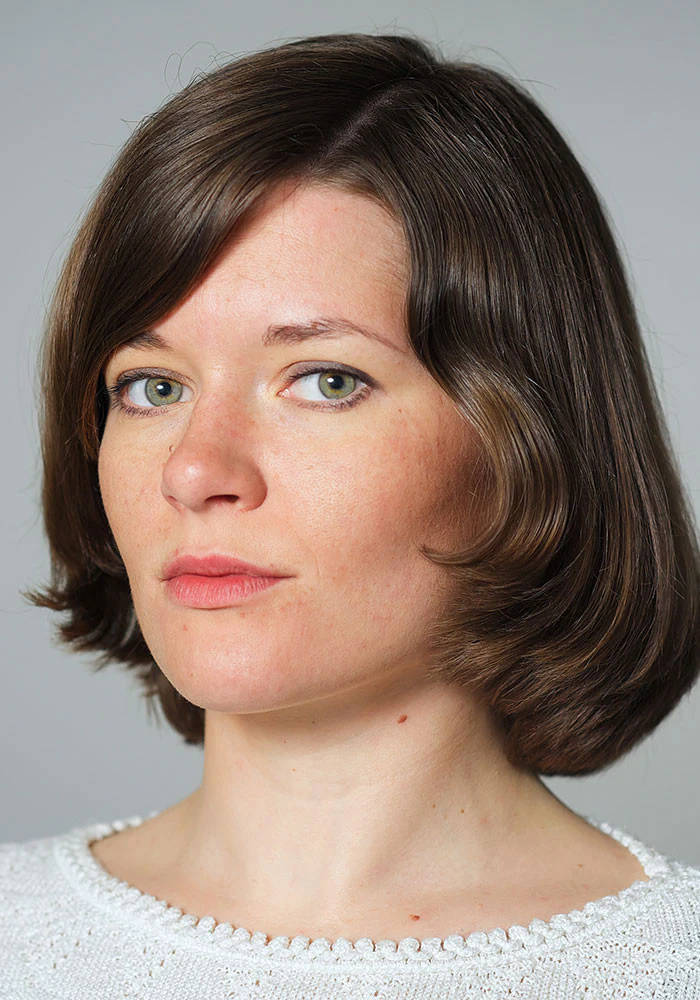Kalaallit Nunaat (Greenland) is the world’s biggest island, and Nuuk is the largest city among its several towns and villages. Today, this is a rapidly growing city. Its skyline is dominated by construction cranes, a new international airport is being built, and several new tourist hotels are being planned.
– It’s got a very strong urban character despite it being, in an international scale, small city, says Huse.
Tone Huse is associate professor at the Department of Archaeology, History, Religious Science and Theology, at UiT The Arctic University of Norway. She first became interested in Nuuk when she was asked to consult on the social implications of a new urban plan being made in 2010. Her current research focuses on the geographies and materialities of urban politics, economies, and planning in Nuuk.
– It is a city where the political and urban are very closely connected.
The colonization of Kalaallit Nunaat
While it was the King of Denmark who formally established Denmark’s first colony in Kalaallit Nunaat, in 1721, Norway also played a part in this. Both by being a part of Denmark-Norway and by backing from commercial interests in Bergen. In addition, the Norwegian priest Hans Egede eagerly pushed for the first colonization to happen.
– His motivation, or at least his stated motivation, was to christen the Indigenous Inuit population, explains Huse.
Denmark led a strict isolationist policy towards Kalaallit Nunaat. The purpose of this, both historians and anthropologists have argued, was to ensure that certain trade commodities remained available for the Danes.
– What research on this period says, is that the Danish had this idea that for the Greenlander to preserve his hunting skills, he should be protected from the influence of modernity. To keep Kalaallit Nunaat isolated was therefore economically motivated, one wanted to preserve the skills that they needed for this trade to continue.
The isolationists policies lasted until 1953 and was followed by a period of modernization and centralization, with the means of transition laid out in what is called the G-50 policies.
– This policy sets the stage for a modernization that was through and through Danish, using the tools and technologies available to the Danish state of the 1950s, and the expertise and knowledges of the state at that time.
Welfare colonialism
In the research that Huse talks about in the podcast, she focuses on the operations of the Danish state during what the Greenlandic Reconciliation Commission has described as the assimilation period, spanning from 1953 to 1979. This is a period where colonialism overseas and construction of a welfare state at home overlaps.
– There is a strong intimacy in the way that the welfare state approaches its colonial subjects through health, education, housing and so forth, says Huse.
– It’s a very all encompassing, everyday colonialism.
Huse urges us to be weary of the idea of Nordic exceptionalism, that is, to consider our own society and systems as natural and superior. Huse explains what she sees as a conflation of certain social rights and the goods associated with them, and the Nordic culture and values.

– When we meet refugees and immigrants coming to Norway, we don’t only insist that they have a job and pay taxes, we insist that they embrace Norwegian cultural values as well.
Seeing how the assimilationist project of the welfare state is being played out in colonial context can help us denaturalize and decenter our own culture as superior, continues Huse.
Modernization through urban planning
A central part of the Nordic colonial project was urban planning and development. Behind the efforts to modernize and urbanize Kalaallit Nunaat, was the goal for it to become a modern industrial economy. With this came the centralization of the population, the twin aim of this being to close down what was considered as uneconomical villages and to build a strong workforce in the cities selected for growth and development.
Another core concern in this modernization project was housing. The colonial imprints in the housing architecture in Nuuk is central in Huse’s research. She explains how specific architectures can be seen as spatial expressions of wider political and economic technologies and both large scale and everyday struggles.
– Studying, in depth, specific buildings or expression of architecture can teach us what types of knowledge and expertise that is molding a society at a given time.
She elaborates further on how the technologies of urban planning, such as housing, can be performed with the very best intentions in one context, but as instruments of control and violence in another.
– A building can in the one context represent social housing and the labor movement, and in the other, the same building type and design can take on a whole new meaning.
The new housing projects had many features that were appreciated by their residents, but did not always meet the needs of the population.
– It’s an architecture that did not accommodate the family structures of the time or the standard ways of precuring and storing food.
Doing research in Kalaallit Nunaat
When doing research on colonialism scholars have tended to produce so-called deficit stories, focusing on victimization and suffering. Huse reminds us that we also need to be on the look-out for the kinds of cultural resilience colonialism is being met with, as well as focus on all the things we can learn from this context.
Huse also stresses that what is most important is to build reciprocal relationships of trust and collaboration, and to learn from and with the people living and experiencing everyday life in Nuuk.
– We as outsiders are in many ways incapable of understanding how this long period of colonization, and also the more recent period of colonization, has been experienced.
– That’s not up to us to describe or a truth we can establish, but we can learn from it, she says.
Listen to Tone Huse in conversation with Professor Per Gunnar Røe on colonialism and urban planning in the Arctic.
